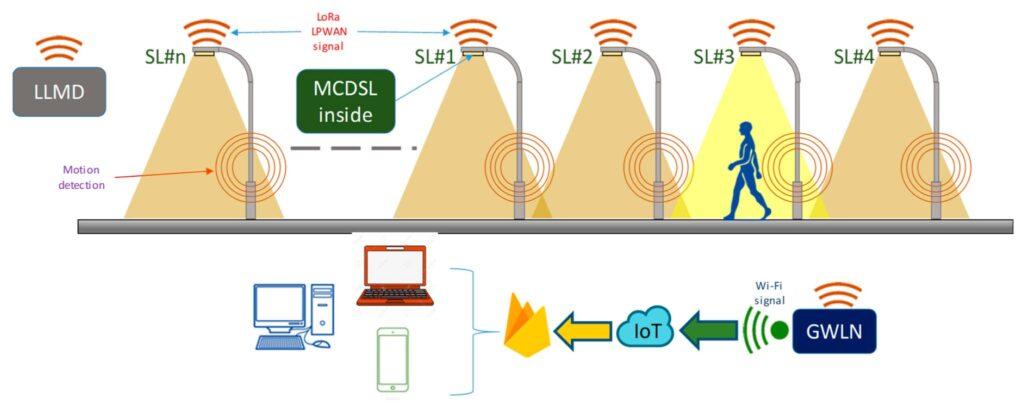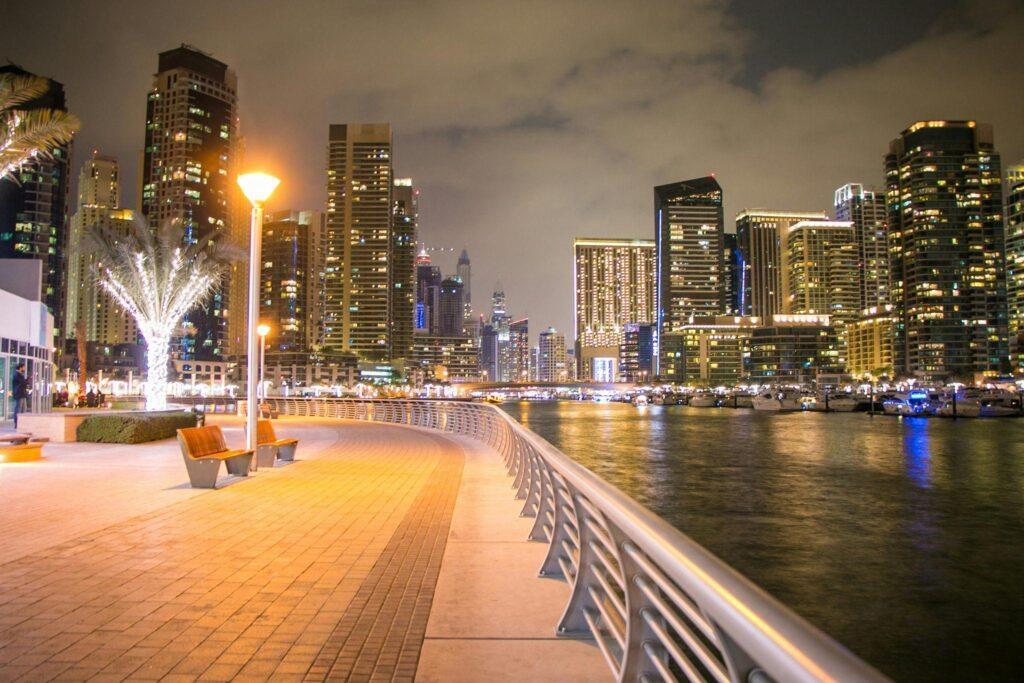Outline
- Introduction
- Power and Light Controllers
- Current Considerations
- Comprehensive Considerations
- Maximum Current
- Power Factor
- Thermal Effects
- Electromagnetic Compatibility (EMC)
- Case Studies
- Final Words
Street light controllers are important in modern outdoor lighting systems as they ensure the safe and efficient operation of lighting networks. These controllers regulate the amount of power supplied to the lighting devices and prevent electrical malfunctions in addition to optimizing energy utilization.
A key parameter that determines the controller’s performance and reliability is its rated load which means the maximum power a particular controller can handle without compromising its function. Engineers and planners should understand this concept because an improperly selected controller might cause overheating, short circuits, or premature system failures.
By decoding the rated load in outdoor street light controllers, we can better understand how to maintain system stability, maximize energy efficiency, and ensure long-term safety in outdoor lighting applications. This article will be a comprehensive effort in this regard.

Power and Light Controllers
Watts (W) and volt-amperes (VA) are two power units that must be comparatively understood when selecting a street light controller. An incandescent lamp rated at 1000 W draws 1000 W of real power, which means it converts this amount of energy into heat and light.
On the other hand, an 1800VA ballast lamp refers to apparent power, a combination of active power and reactive power. Reactive power results from inductive or capacitive components in the circuit, such as transformers or ballasts, that store and release energy.
This distinction is important for light controllers because they must be designed to handle both active and apparent power. Incandescent lamps, which only draw active power, present a straightforward load for the controller.
However, ballast lamps involve more complex behavior, requiring the controller to manage the apparent power, including its reactive components. This makes power factor correction essential, as a low power factor in the ballast lamp can lead to inefficiencies, increased current flow, and potential overloading.
Designing photocontrollers that accommodate both active and apparent power ensures proper functioning, reducing energy loss and extending the system’s lifespan. Therefore, engineers must carefully calculate the load, considering the different power characteristics to avoid underestimating the demands placed on the controller.
Current Considerations

In outdoor lighting systems, managing current is just as critical as managing power. A 5A electronic ballast load draws a specific amount of current—5 amperes—from the circuit. However, this current can vary depending on the power factor and other circuit elements.
Light controllers must be designed to handle not only the nominal current but also any potential spikes or fluctuations in the current draw, which can occur due to environmental factors or the startup surge of the lighting devices.
Overloading occurs when the controller is tasked with handling more current than its design allows, leading to overheating, component degradation, or even total system failure.
For instance, when the electronic ballast is first energized, it may experience a higher inrush current which is much larger than its steady-state current. In this event, if the controller does not allow for this inrush current; it will trip and thus cause interruptions in the lighting system or in some cases irreversible damage.
Therefore, understanding the maximum current capacity of the light controller is essential for preventing overload conditions. This involves accounting for both steady-state current and surge conditions, ensuring that the controller can maintain stable operation under all circumstances. Properly rated controllers not only safeguard the electrical components but also enhance the longevity and efficiency of the overall outdoor lighting system.
Comprehensive Considerations
Designing light controllers for outdoor street lighting requires a holistic approach that balances multiple technical factors to ensure stable and efficient operation.
Maximum Current
Photocontrollers must be designed to handle both the continuous current and potential surges that occur during startup or due to load variations. Proper sizing to meet these current demands prevents overloading and ensures long-term reliability.
Current-limiting features are often integrated to avoid exceeding design limits, protecting both the controller and the lighting system.
Power Factor
In systems with ballast lamps or electronic drivers, the power factor becomes a crucial consideration. A low power factor leads to inefficient energy use and increased current draw.
To counteract this, light controllers should include power factor correction circuits that improve energy efficiency and reduce the load on the power supply. A higher power factor ensures that the controller can handle the apparent power demand without being overloaded.
Thermal Effects
Outdoor light controllers, especially the photocells are prone to be affected by temperatures as well as environmental conditions. Hence, thermal management systems such as heat sinks or techniques for cooling are essential to disperse heat produced by the electrical components.
In the absence of adequate thermal control, the controller may overheat causing premature breakdown. So, it must be designed to work well under a broad range of temperatures bearing in mind both its internal production of heat and outside weather.
Electromagnetic Compatibility (EMC)
For outdoor lighting systems Electromagnetic interference (EMI) is another critical consideration that might impact both the lighting and surrounding electronic systems. To ensure stability, light controllers must meet EMC standards, minimizing emissions and protecting against external interference. Shielding and filtering components within the controller helps reduce EMI, ensuring consistent operation even in harsh electromagnetic environments.
By considering all these factors—maximum current, power factor, thermal effects, and EMC—an integrated controller design ensures that outdoor street lighting systems remain stable, efficient, and safe under a variety of operational and environmental conditions.
Case Studies

In real-world applications, light controllers have played a critical role in optimizing street lighting systems for energy efficiency, safety, and smart city integration. One prominent example is the city of Pune, India, where 80,000 halogen streetlights were replaced with LED luminaires, controlled remotely via smart technology.
These connected streetlights adjust brightness based on real-time data, reducing electricity consumption by up to 50% while enhancing safety. The system also facilitates quick detection of faults and energy monitoring, improving overall system reliability and lowering maintenance costs.
Another example comes from Columbus, Ohio, where smart street lighting systems have been deployed to increase sustainability and improve urban safety. These systems feature smart IoT lighting control system that support grouping, zoning, and adaptive lighting. Additionally, they offer real-time monitoring and allow automatic scheduling, ensuring that light output aligns with actual demand.
In selecting light controllers for such applications, it’s essential to consider load requirements, power factors, and environmental factors like temperature and electromagnetic interference. Controllers that support remote monitoring and energy management, such as those used in Pune and Columbus, enable city planners to create resilient and scalable lighting networks.
Final Words
Understanding the rated load and core parameters of outdoor street light controllers is essential for ensuring safety, efficiency, and long-term stability in lighting systems. For reliable street light controllers such as photocells, Chi-Swear offers a trusted range of products, ensuring optimal performance and durability for outdoor lighting applications. Their controllers are designed to meet high industry standards, making them a solid choice for any lighting project.







One Response
Yes! Finally someone writes about sss.